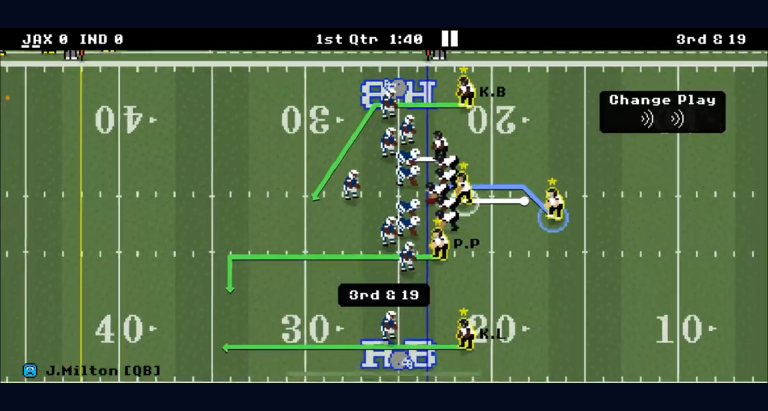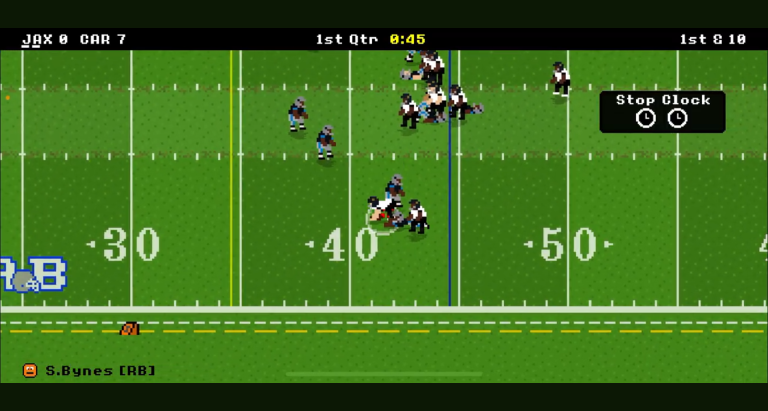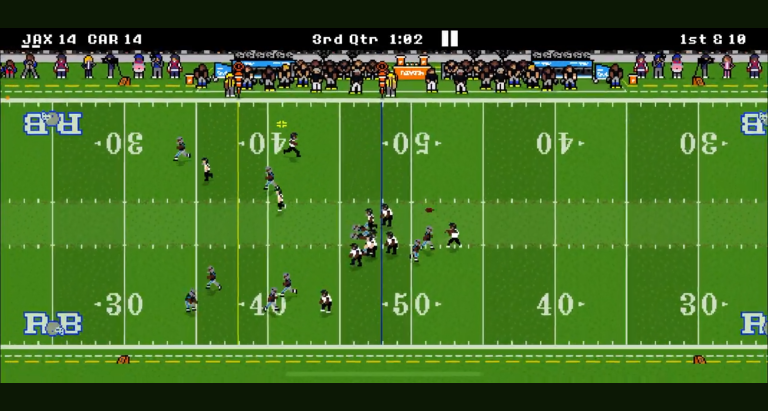In the vibrant world of Retro Bowl, coaching plays a pivotal role in determining the success of your franchise. This game, which beautifully combines nostalgic gameplay with strategic depth, requires players to delve beyond just controlling athletes on the field. Understanding what do coaches do in Retro Bowl is essential for any player aiming for victory and long-term success. The strategic nuances that come with coaching are as significant as the players themselves; they dictate how well a team functions both on and off the field.
Retro Bowl is a football simulation game that allows players to build their own team, manage its players, and lead them through challenging seasons. The gameplay emphasizes not only individual skill but also the incredible influence of coaching and strategy on a team’s overall performance. Therefore, embracing the coaching aspect becomes crucial for every aspiring player.
Role of Coaches in Retro Bowl
Explanation of the Coaching Function within the Game
Coaches in Retro Bowl serve as the backbone of a franchise, directly impacting team performance through various strategic decisions. Once you have assumed the role of a coach, the influence extends beyond just directing plays during games. Coaches are tasked with recruiting, team management, developing strategies, and motivating players. This multifaceted role differentiates coaching from mere player participation, making it one of the vital aspects of the game.
Impact on Team Performance
When discussing what do coaches do in Retro Bowl, it becomes evident that coaching significantly affects overall performance. A coach’s play-calling and team strategy can lead to victories or losses, highlighting the importance of making the right decisions at critical moments.
Building a Team
Recruiting Players
Recruitment is a fundamental part of the coaching experience in Retro Bowl. The coach’s ability to scout for talent directly influences the quality of the team. Factors to consider include:
– Player stats: Understanding each player’s strengths and weaknesses is crucial for making informed decisions.
– Player compatibility: Ensuring players fit well within the team’s established style promotes cohesiveness.
– Balancing team needs vs. individual talent: While star players can make a difference, fitting them into the team dynamic is essential.
A successful recruitment strategy can set the groundwork for continued success in future seasons, solidifying a franchise’s reputation.
Team Management
Effective management is another critical area where coaches must shine. Keeping team morale high is vital for performance, as a happy player tends to perform better. Techniques for managing players include:
– Monitoring player performances: Regular assessment helps catch problems before they escalate and keeps players motivated.
– In-game adjustments: Quick thinking during games can lead to tactical changes that might flip a game in your favor.
Research indicates that a well-managed team can outperform teams with higher talent due to motivation and morale.
Game Strategy and Tactics
Offensive Strategy
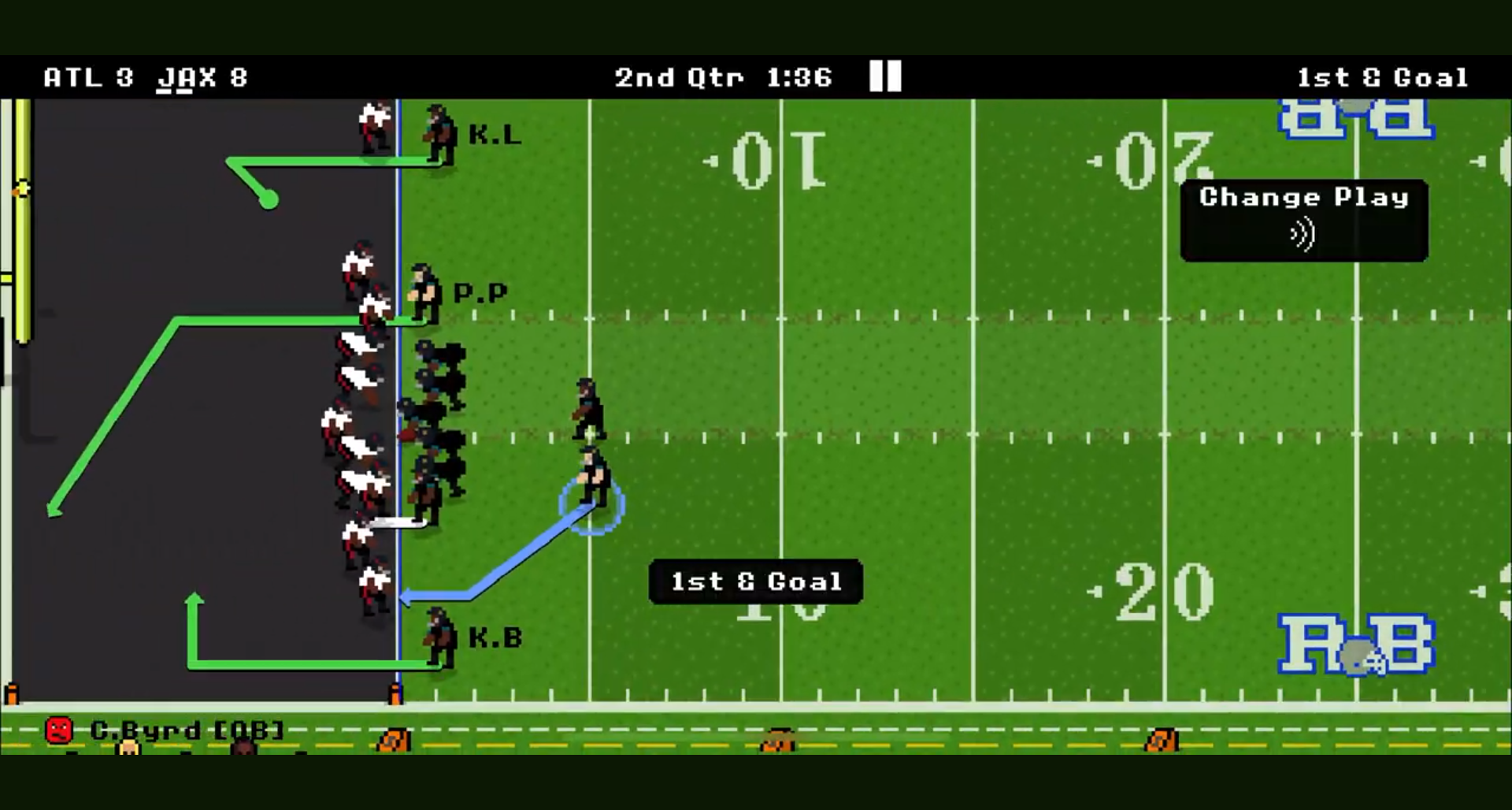
An effective offensive strategy can often be the difference between winning and losing a match in Retro Bowl. Crafting a solid game plan involves:
– Offensive formations: Different formations can exploit weaknesses in the opponent’s defense.
– Playcalling best practices: Calling the right plays at the right time can keep your opponents guessing.
Adapting strategies based on the opponent’s strengths and weaknesses is vital for a coach’s success. For instance, if a rival team has a weak secondary, focusing on passing plays may yield a substantial advantage.
Defensive Strategy
Similarly, the defensive strategy is just as important. Key components involve:
– Defensive formations and setups: The right defensive scheme can neutralize the opposing team’s strengths.
– Reading opposing plays: Anticipating what the opponent is likely to do allows coaches to adjust their responses effectively.
Player assignments and individual responsibilities become crucial in ensuring the game plan is executed successfully.
In-Game Coaching Techniques
Decision-Making
One of the critical abilities a coach must possess is quick and effective decision-making.
– Importance of quick thinking: Games often hinge on making the right call in seconds.
– Risk assessment: Balancing aggression with caution can dictate the game’s outcome, especially in clutch moments.
For example, choosing whether to attempt a risky fourth-down conversion or punt can define the game flow.
Communication with Players
Effective communication is essential for coaching success. Techniques for improving communication include:
– Techniques for effective player communication: Utilizing meetings or one-on-one discussions can clarify expectations.
– The role of feedback: Providing constructive feedback during and after games helps players grow.
Coaching styles can greatly affect team dynamics. A supportive style can build confidence and foster a positive environment, while an authoritative approach may drive discipline.
Off-Season Strategies
Training and Development
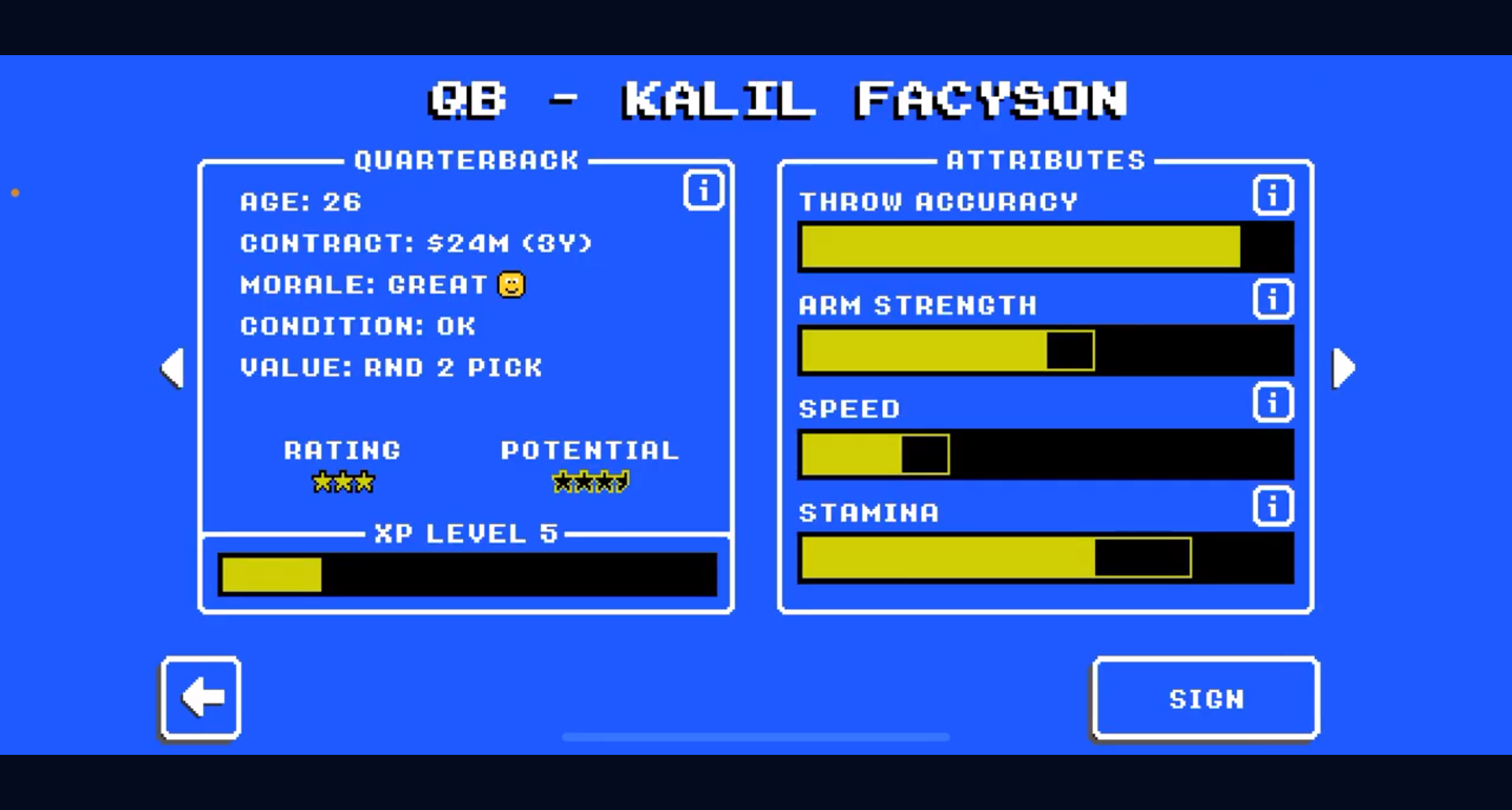
The off-season provides an opportunity to enhance player skills significantly. Effective coaching during this period includes:
– Planning off-season training programs: Focusing on strength, agility, and skills cultivates well-rounded players.
– Player development: Tailoring training to individual needs will yield the best outcomes.
A focused development program can greatly enhance a player’s performance in subsequent seasons.
Analyzing Past Performances
Reviewing game footage is vital for understanding team dynamics and improving future strategies. Through careful analysis, coaches can:
– Identify strengths and weaknesses: Viewing past games highlights areas needing improvement while also showcasing successful tactics.
– Adjust strategies: Learning from both victories and defeats informs better decision-making in future games.
Leveraging analytics and data interpretation can provide a significant edge over rivals.
Impact of Coaching in Retro Bowl
The overall significance of effective coaching in Retro Bowl cannot be overstated. A skilled coach can fundamentally influence a team’s trajectory in the league. Not only do well-coached teams display superior performance, but they also provide a solid foundation for long-term success.
In both the short and long run, a coach’s ability to develop players can drastically impact the franchise’s growth and potential success.
Conclusion
The role of coaches in Retro Bowl is rich with strategic potential that extends beyond mere play-calling. Understanding what do coaches do in Retro Bowl unveils a treasure trove of tips and techniques aimed at elevating any player’s game. Whether you aim to build a franchise from the ground up or enhance your existing strategy, the powers of effective coaching can unlock victories.
To inspire further engagement, readers are encouraged to share their approaches and experiences in Retro Bowl coaching, fostering a community of creators and strategists.
Additional Resources
Here are some valuable links and resources to further assist you in mastering coaching in Retro Bowl:
– [Retro Bowl Coaching Strategies](https://www.retro-bowl-coaching.com)
– [Official Retro Bowl Community Forum](https://www.retro-bowl-forum.com)
Key Takeaways
| Key Area | Details |
|---|---|
| Recruiting Players | Focus on player stats, compatibility, and team dynamics. |
| Team Management | Ensure player happiness and monitor performance regularly. |
| Game Strategy | Develop offensive and defensive tactics tailored to opponents. |
| In-Game Techniques | Emphasize quick decision-making and clear communication. |
| Off-Season Focus | Train and analyze past performances to prepare for the future. |
FAQs
1. What is the main responsibility of a coach in Retro Bowl?
The main responsibility of a coach in Retro Bowl is to develop strategies, recruit players, and manage team performance effectively.
2. How do I recruit players in Retro Bowl?
Recruit players by scouting their statistics, considering their fit within the team’s style, and making a balanced decision based on team needs.
3. Why is team management crucial in Retro Bowl?
Team management is vital for ensuring player morale and performance, which significantly affects overall team results.
4. What should I focus on in-game adjustments?
Focus on making tactical changes and substitutions according to the game’s flow and the opponent’s strengths.
5. How do I develop an effective offensive strategy?
An effective offensive strategy involves choosing formations that exploit the opponent’s vulnerabilities and implementing solid play-calling practices.
6. What can I learn from past performances?
Analyzing past performances helps identify strengths and weaknesses and informs adjustments for future matchups.
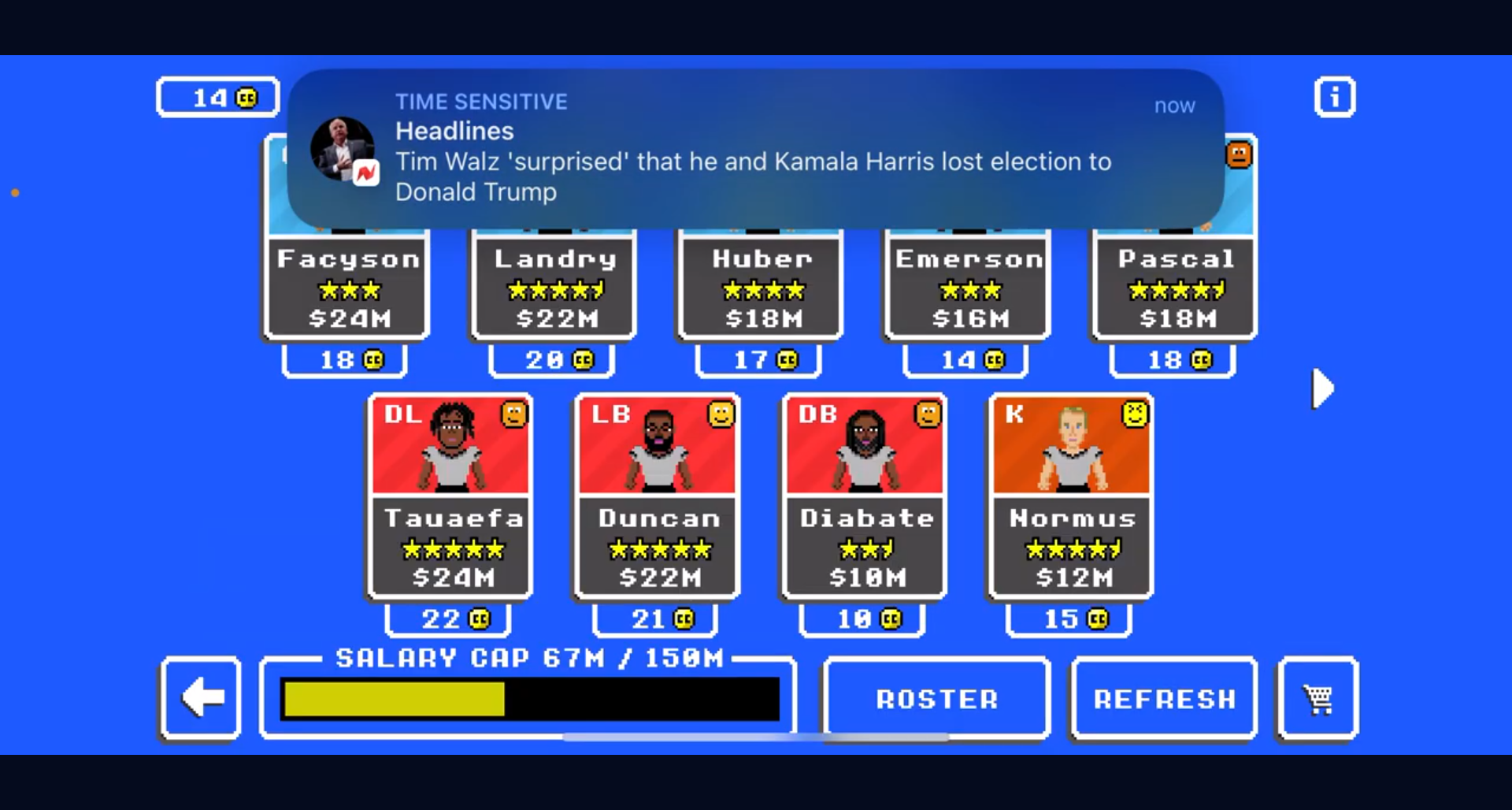
7. How can I keep players motivated?
Maintaining open communication, providing constructive feedback, and recognizing achievements can help keep players motivated.
8. Is off-season training necessary?
Yes, off-season training is essential for player development, helping athletes enhance their skills and overall performance.
9. What role does communication play in coaching?
Effective communication establishes trust, clarifies expectations, and facilitates open dialogue, which is crucial for team cohesion.
10. How does coaching impact a team’s long-term success?
Good coaching directly influences player growth, overall team performance, and the franchise’s legacy, leading to a more successful period in the league.
